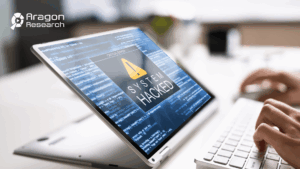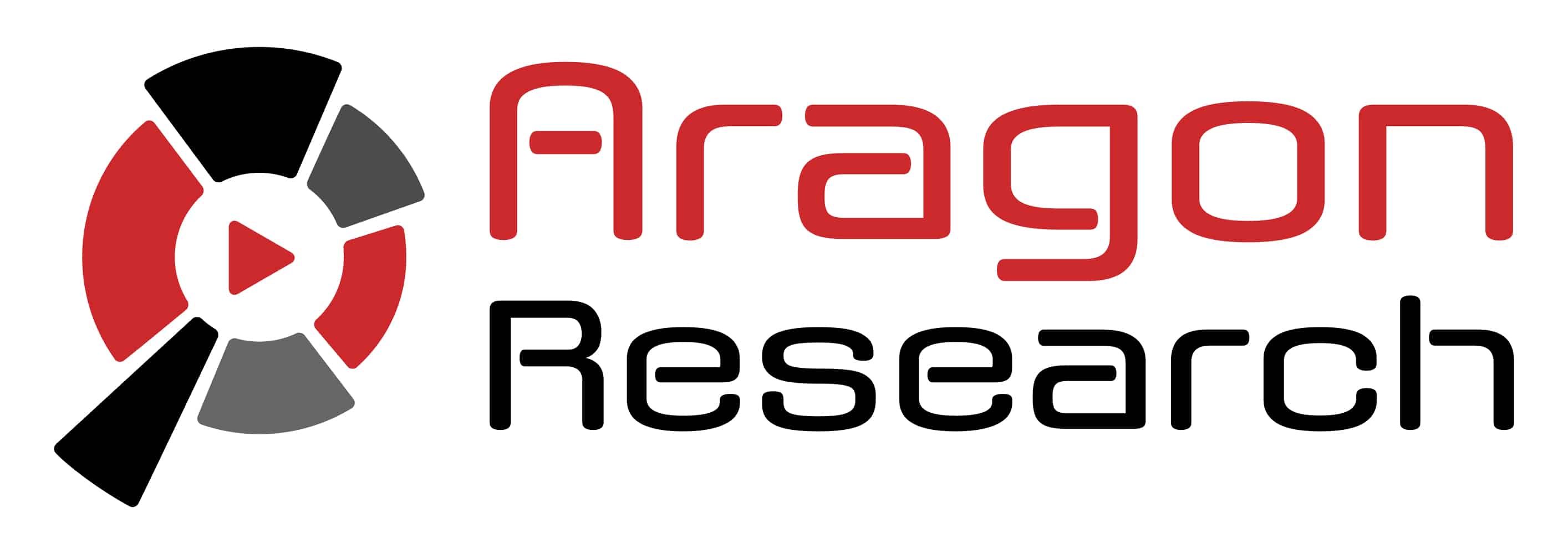The Great Microsoft SharePoint Hack: A Call for Stronger Vendor Scrutiny

The Great Microsoft SharePoint Hack: A Call for Stronger Vendor Scrutiny
The promise of controlling your own destiny with on-premise software has often been a powerful lure for enterprises. However, that control depends on the integrity of the software provided by the vendor, a fact made painfully clear by recent events.
A sophisticated attack exploiting a critical vulnerability in Microsoft SharePoint servers has compromised hundreds of organizations, including sensitive government agencies.
This blog overviews the SharePoint mass-hack and offers our analysis on why this is a pivotal moment for enterprise software vendors.
Why Was SharePoint Targeted? A Perfect Storm for Hackers
Security researchers have been tracking a significant and coordinated attack against On Premise instances of Microsoft SharePoint Server. The attack leverages a zero-day vulnerability, now identified as CVE-2025-53770, which was exploited by hackers before Microsoft could release a security patch. According to reports from cybersecurity firm Eye Security and major news outlets, the number of breached organizations has surged from dozens to at least 400.
The exploit allows attackers to remotely execute malicious code, giving them unfettered access to the server, its stored documents, and a potential gateway to the broader corporate network. High-profile victims include the National Nuclear Security Administration (NNSA), which confirmed a “minimal” impact. While Microsoft has now issued patches, evidence suggests that state-sponsored hacking groups began their attacks weeks ago, capitalizing on the window of vulnerability.
Analysis: A Failure in Vendor Security Assurance
From an Aragon Research perspective, this incident raises serious questions about the security validation processes for major enterprise software products. A zero-day vulnerability of this severity, affecting a flagship product like SharePoint, suggests a potential gap in the vendor’s pre-release testing and threat modeling. While no software is immune to bugs, vendors providing on-premise solutions have an immense responsibility to ensure their code is hardened against foreseeable attacks before it reaches the customer.
This mass-hack places the spotlight directly on software providers. The discovery of a critical, remotely exploitable vulnerability after the product is widely deployed indicates that security assurance programs must be more rigorous. The market impact will be significant; enterprises will and should begin to question the depth of security testing for all on-premise products. This will likely force vendors to be more transparent about their security development lifecycle and prove that their testing regimens are capable of finding these flaws before a product is shipped.
Action Plan: What Enterprises Must Do Now
For any organization currently running a self-hosted version of SharePoint, this news requires immediate and decisive action. This is not a situation to simply monitor; it demands an active response.
- Patch Immediately: If you have not already done so, applying the security patches for CVE-2025-53770 must be your first priority.
- Assume Breach: Given the evidence that attacks began before the vulnerability was public, you must operate under the assumption that your servers may have been compromised. Initiate your incident response plan and actively hunt for indicators of compromise on your network.
- Intensify Vendor Due Diligence: This event should trigger a review of your vendor management and procurement processes. Enterprises must demand greater transparency from software providers regarding their security testing methodologies. Ask pointed questions about static/dynamic code analysis, penetration testing, and threat modeling before purchasing or upgrading on-premise software.
Bottom Line: Holding On-Premise Vendors to a Higher Standard
The widespread breach of SharePoint Servers is a significant security event that underscores the critical responsibility of software vendors. While enterprises are accountable for patching, the ultimate burden of releasing secure code lies with the provider. The SharePoint zero-day signals that customers must hold their vendors to a higher standard.
For enterprises, the path forward is clear: patch your systems immediately, but more importantly, use this event as leverage to demand greater evidence of security and more rigorous testing from your on-premise software partners.

Have a Comment on this?